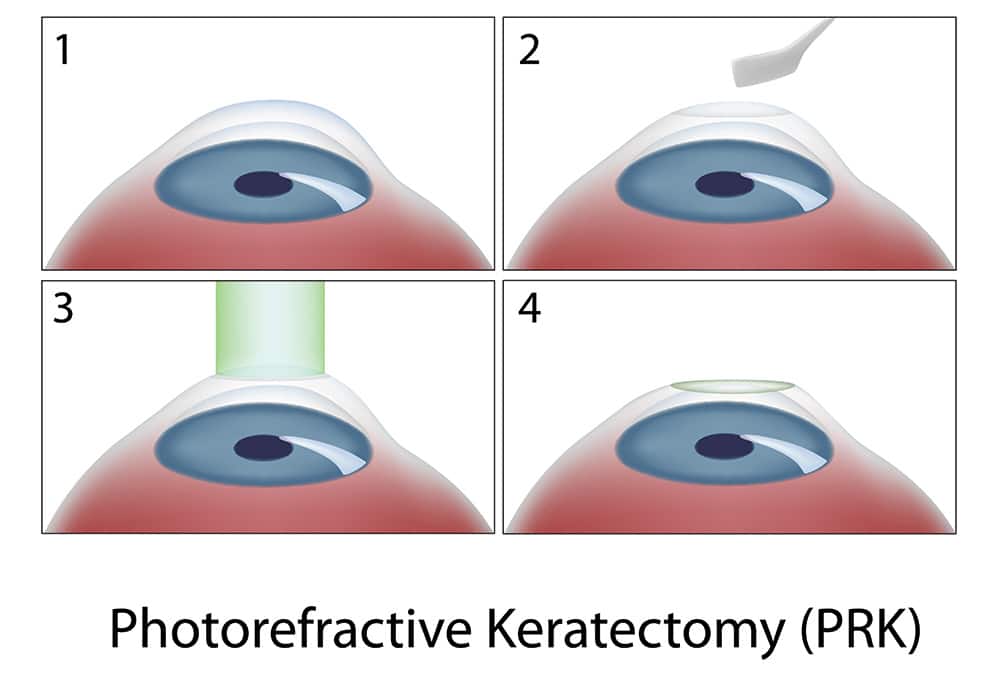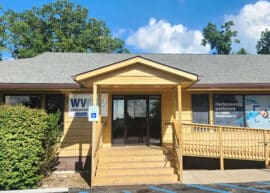Do you want to enjoy crystal-clear vision without visual aids but have been told you’re not a good candidate for LASIK? PRK may be right for you.
At West Virginia Eye Consultants, our ophthalmologists perform this procedure using the latest in laser technology and offer a wide range of financing options to help you achieve the vision of your dreams!
What is PRK?
PRK was the first vision correction procedure, preceding LASIK as a way to gain freedom from glasses and contacts. While LASIK has become increasingly popular in recent years, PRK may be a better option for certain candidates seeking vision correction.
The procedure corrects nearsightedness, farsightedness, and astigmatism in the same way as LASIK. By reshaping the cornea, light can refract directly onto the retina and send crisp, clear images to the brain.
Most patients enjoy sharp vision for decades without the need for visual aids and find daily tasks, such as driving, working, participating in sports, and traveling, much easier without the hassles of glasses and contacts.
How Does PRK Work?
While PRK has the same vision correction capabilities as LASIK, it has a few key differences. The procedure begins in the same way as LASIK, with your eye surgeon numbing your eyes to prevent any pain.
However, instead of creating a flap in the surface layer of the cornea as they would during LASIK, your ophthalmologist removes the entire outer layer of the cornea, called the epithelium. Then, they reshape the underlying corneal tissue with the ZEISS MEL 80 excimer laser.
Once your vision has been corrected, your eye doctor will place a special contact lens over your eyes to help them heal. The entire procedure typically takes around 15 minutes, and you can go home immediately after.
Who is a Good Candidate for PRK?
Most patients who choose PRK are those who have been disqualified from LASIK candidacy due to thin corneas, dry eye, or participation in contact sports:
What to Expect After PRK
After your PRK procedure, you will need someone to drive you home. You should also have this person drive you to your follow-up appointments until you are cleared to resume driving by your eye doctor.
You should prioritize resting and avoiding strenuous activity. While you might experience mild eye irritation, do not rub your eyes, as they are still healing.
Your eye doctor will prescribe anti-inflammatory and antibiotic eye drops to help make your healing process more safe and comfortable. At your post-operative follow-up appointments, they will assess your vision and ensure your eyes are healing properly.
Most patients notice vision improvements within 3-5 days and can return to work, driving, and other activities at this time. However, it may take several weeks before you achieve peak visual clarity.
Then, you can enjoy all of your favorite activities with vivid, clear vision, free of the frustrations that come with visual aids.
Do you want to find out whether PRK could be right for you? Schedule an appointment at West Virginia Eye Consultants in Charleston, WV, today!








